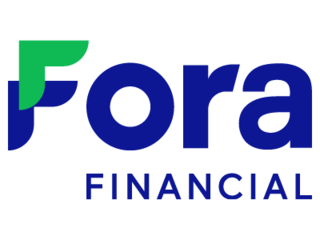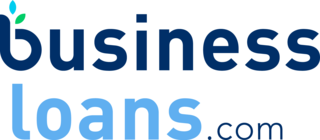How Small Businesses Are Navigating Economic Uncertainty

The U.S. economy is navigating uncertain waters. Inflation is high and geopolitical tensions are charged. Tariffs on imported goods have disrupted the global supply chain and consumer spending is on the decline.
For small business owners, the outlook is sobering. In a June survey of more than 4,000 entrepreneurs from the business networking platform Alignable, 44% reported declining revenues. And 20% said they fear they won’t make it to 2026 if tariff threats persist.
Even with headwinds, though, some business owners are finding room to maneuver. Across industries, they’re testing new bets — and taking calculated risks they hope will turn today’s uncertainty into tomorrow’s growth.
Here’s how they’re making it work.
Covering costs without losing customers
One of the biggest challenges facing today’s new business owners is rising costs, courtesy of stubborn inflation and tariffs. And as expenses climb, “some businesses are having to make immediate decisions,” says Cannon Carr, a small business advisor and president of the southeast at EP Wealth Advisors.
Higher costs for eggs and other staples have forced many restaurants to rethink their menus, Carr says. Some are charging more; others are pulling familiar dishes.
“The biggest challenge for small businesses, really businesses of all sizes, is a lack of certainty,” says Shelly Sun Berkowitz, CEO of Founder 2 Founder, an advisory firm for entrepreneurs. “With the on-again, off-again, fits and starts of tariffs, many businesses are paralyzed on whether to build inventory and whether to pass on full or partial pricing increases.”
Across industries, staying open largely boils down to adjusting prices strategically: raise enough to cover costs, not enough to lose customers. For many owners, it also means testing new ideas to keep customers close and, ideally, build a revenue cushion for the months ahead. In fact, more than half of small-business owners have launched new products or services in the past year, according to Verizon’s April 2025 State of Small Business Survey.
Denise Buzy-Pucheu, for one, has started subleasing space at her wedding boutique, The Persnickety Bride, to cover higher overhead. Hemant Chavan, owner of Goodland Pickleball in Brooklyn, N.Y., is adding hourly court rentals and comedy shows to the lineup. And Eric Ford, the newly minted owner of a taekwondo studio in Lake in the Hills, Ill., is rolling out children’s camps, parents’ nights out and free digital training tools to keep people engaged.
"So far, I’ve worked very hard to keep our core pricing the same as it’s been in previous years, even as inflation rises and operational costs soar,” Ford says.
Funding growth in a tight market
Securing cash to start — or sustain — a small business has also become a major constraint for many owners.
Higher interest rates, coupled with stricter lending standards, have made financial institutions increasingly selective about loan approvals. And while U.S. small businesses have long relied on federal and state grant programs for startup funding and operational support, budget cuts — current and anticipated — have shrunk that lifeline. What’s left is “extremely competitive” to secure, says Katie Nelson, CEO of business coaching firm Sales Uprising.
“Right now, there are less safety nets for those who want to take on the challenge of opening a small business,” Nelson says.
As a result, entrepreneurs are having to get creative with their financing efforts. Ford, the owner of the Illinois taekwondo studio, says he’s applied for multiple grants and small business aid programs, but with no government funding to date, he’s relied on personal funds — including selling stocks and other assets — to stay open.
“The process is slow, complex and, so far, unsuccessful,” he says.
Franklin Forbes, who opened a farm-to-home produce delivery service called Urbaynes earlier this year, encountered similar roadblocks. In the end, he turned to crowdsourcing to get his business off the ground.
“The traditional lending landscape proved challenging to navigate,” Forbes says. “Alternative funding sources were my only viable option.”
Filling the gaps
Every new business starts with the fundamental gamble that people truly need what you’re selling. Faith in that bet has anchored small business owners for generations, and despite the current challenges, it’s no different today.
Ford, for his part, says he bought his taekwondo studio to introduce others to a sport that had a profound impact on his lfie. And Whitney Duenas Richardson — the founder of the subscription box service Global Sprouts — launched her business to expose children to cultures from around the world — a mission made more urgent by federal cuts to diversity and multicultural education initiatives in public schools.
As a mom, Richardson saw “a growing gap in early cultural education” and couldn’t find the tools to bridge it, she says.
"I wanted my daughter to grow up curious, inclusive and connected to more than just her background,” Richardson adds. “So I built it myself.”
More from Money:
4 Ways a Government Shutdown Could Affect Your Money






